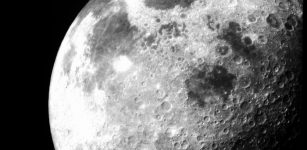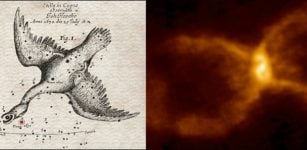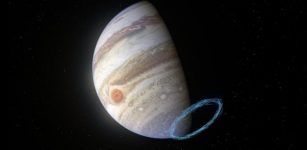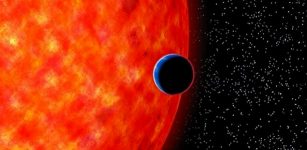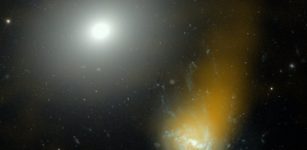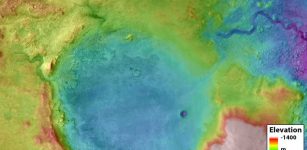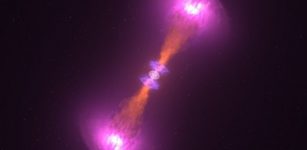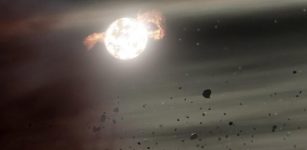Unknown Giant Planet Responsible For Mysterious Eclipses In The Orion Constellation
MessageToEagle.com – An unknown giant gas planet, fifty times the mass of Jupiter is hurtling around a star in the Orion constellation.
Astronomers have discovered that the light from this distant star, PDS 110 located more than a thousand light years away from Earth, is regularly blocked by a large object that is responsible for several mysterious eclipses in the Orion constellation.
Using data from the Wide Angle Search for Planets (WASP) and Kilodegree Extremely Little Telescope (KELT), an international team of astronomers, led by the University of Warwick discovered something strange is happening around PDS 110.
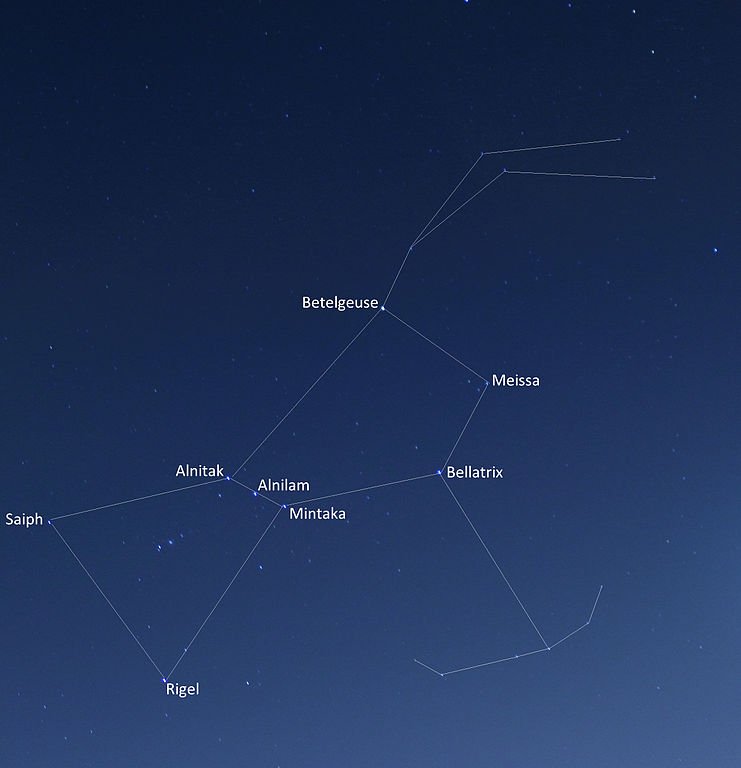
PDS 110 is a rare young star that has same temperature, but is slightly larger than our Sun. What is really odd is that the star reduced to thirty percent for about two to three weeks. Two notable eclipses observed were in November 2008 and January 2011.
“We found a hint that this was an interesting object in data from the WASP survey,” said Hugh Osborn, lead author, who discovered the unusual light curve, “but it wasn’t until we found a second, almost identical eclipse in the KELT survey data that we knew we had something special.”
See also:
Secrets Of Orion’s Clouds: New Remarkable View Of Orion A Molecular Cloud From ESO’s VISTA
Delta Orionis in Orion’s Belt – A Complex And Fascinating Multiple Star System
“What’s exciting is that during both eclipses we see the light from the star change rapidly, and that suggests that there are rings in the eclipsing object, but these rings are many times larger than the rings around Saturn,” says Leiden astronomer Matthew Kenworthy.
Assuming the dips in starlight are coming from an orbiting planet, the next eclipse is predicted to take place in September this year — and the star is bright enough that amateur astronomers all over the world will be able to witness it and gather new data. Only then will we be certain what is causing the mysterious eclipses.
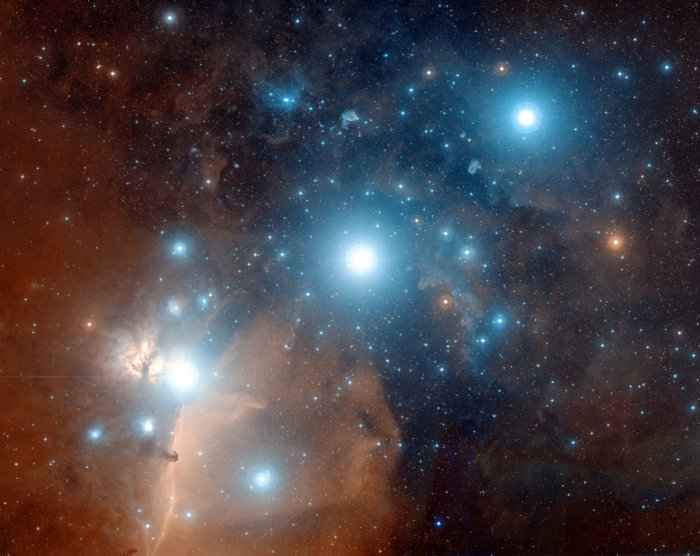
If confirmed in September, PDS 110 will be the first giant ring system that has a known orbital period.
“September’s eclipse will let us study the intricate structure around PDS 110 in detail for the first time, and hopefully prove that what we are seeing is a giant exoplanet and its moons in the process of formation,” comments Hugh Oborn.
Astronomers also discovered that moons could be forming in the habitable zone around PDS 110, which means that life could thrive in this system.
MessageToEagle.com
Expand for references

